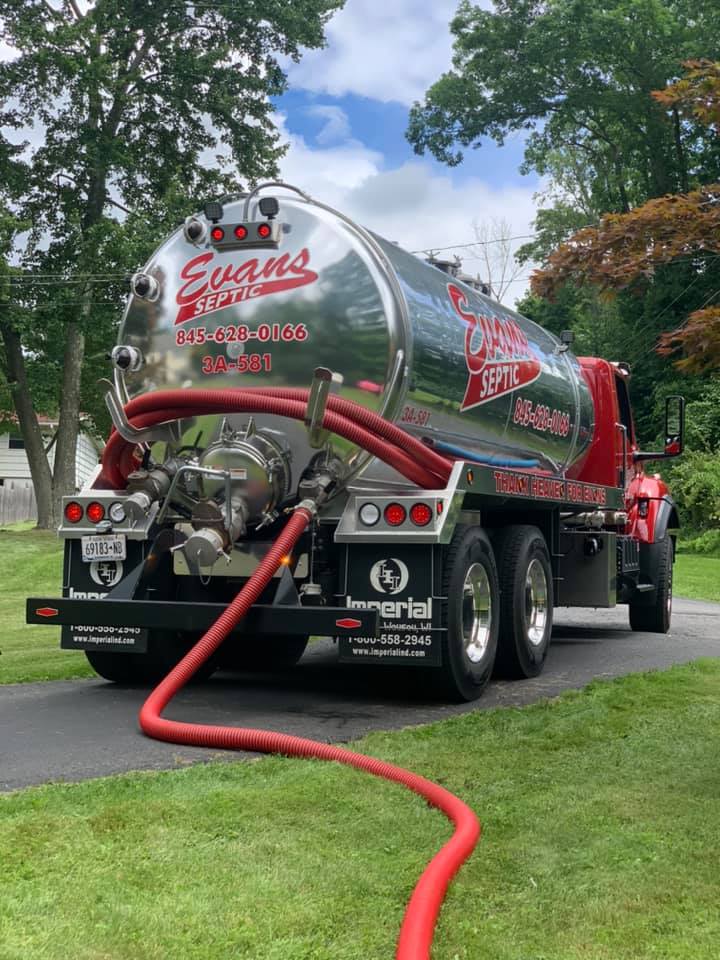Getting My Stillwell Septic And Grading To Work
Table of ContentsIndicators on Stillwell Septic And Grading You Need To KnowStillwell Septic And Grading Things To Know Before You Get ThisAbout Stillwell Septic And GradingSome Ideas on Stillwell Septic And Grading You Need To KnowNot known Incorrect Statements About Stillwell Septic And Grading What Does Stillwell Septic And Grading Mean?The Facts About Stillwell Septic And Grading Revealed
In general, sewage-disposal tank installment is a complex process that calls for cautious planning and execution. House owners should function with a reliable installation group and be aware of neighborhood laws and needs to guarantee that their septic tank works properly for many years to come. After the sewage-disposal tank has been mounted and linked to the drain field, it is time to backfill the location.The backfill product should be free of clods, huge rocks, frozen issue, and particles that can result in gaps in the backfill that might permit settling with time. Squashed rock or pea crushed rock 1/2-inch in size is chosen if indigenous products are not suitable. As soon as the backfilling is total, it is time to landscape the area.
As soon as the septic tank has been installed, it is crucial to evaluate it to guarantee that it is working appropriately (Septic Inspection). https://stillwell-septic-and-grading.mailchimpsites.com/. Checking the system entails looking for leakages, guaranteeing that the container is at the ideal level, and checking out the drainpipe area. One of the most usual examinations carried out is the hydraulic load examination
Indicators on Stillwell Septic And Grading You Should Know
The water is then monitored to make certain that it flows properly via the pipelines and right into the drain field. If the water does not flow properly or backs up into the container, it might indicate a problem with the system. One more test that is typically executed is the dye examination.
The dye is after that kept track of to ensure that it moves appropriately via the pipes and into the drain field. If the dye does not flow appropriately or appears in the incorrect location, it may indicate an issue with the system. It is vital to have an expert perform these tests to ensure that they are done correctly.

The 5-Minute Rule for Stillwell Septic And Grading
Here are some essential tips for house owners to keep their septic system: The average home septic tank must be inspected at the very least every 3 years by a septic service expert. The frequency of pumping depends on the size of the tank and the variety of individuals utilizing it. https://www.openstreetmap.org/user/stillwellsag. A general regulation of thumb is to pump the container every 3 to 5 years
Making use of water-efficient components and devices, such as low-flow showerheads and commodes, can lower water use and aid the septic tank job a lot more efficiently. Just flush toilet tissue and human waste down the commode. Prevent flushing anything else, including womanly health items, child wipes, and food preparation oil, as they can clog the system.
The 3-Minute Rule for Stillwell Septic And Grading
Septic system setup is an intricate process that calls for careful preparation and execution. House owners should know the essential steps entailed in the installation procedure to guarantee that their septic tank works appropriately and efficiently. The very first step is to examine the site where the septic tank will certainly be set up.
Once the website has actually been reviewed, the following action is to prepare for the setup. Homeowners should guarantee that their contractor is experienced in septic tank installation and will certainly work alongside them throughout the process.
6 Simple Techniques For Stillwell Septic And Grading

Homeowners have to understand the essential actions included in the installment process to make sure that their septic tank functions correctly and efficiently. By complying with these steps and maintaining their system, house owners can feel confident that their septic system will certainly provide trustworthy wastewater therapy for years to find.
Nearly one in five U.S. homes have septic tanks. Yours might be just one of them. If you're not properly preserving your septic system, you're not just hurting the setting, you're placing your family's wellness at riskand might be purging thousands of bucks down the drainpipe! Do Your Component, Be SepticSmart: The Do's and Do n'ts of Your Septic System.
The 2-Minute Rule for Stillwell Septic And Grading

All like it that additional water can really strain your septic system. Surprise the use of water-generating devices. This can be useful specifically if your system has actually not been pumped in a lengthy time. Come to be extra water reliable by fixing pipes leaks and consider mounting shower room and kitchen area faucet aerators and water-efficient products.
The Stillwell Septic And Grading PDFs
Know your system's area. When you have the container pumped, attract a representation or map revealing its location in connection with fixed points - corners of your home, steps, or fence posts. Ask the pumper to help you situate the drainfield. Note its area on your representation, in addition to the location of your alcohol consumption water well.
Too much water can hurt it. Don't dig, construct, or plant anything other than turf over the drainfield. Conserve water. Setpic System Repairs. Lower the quantity of wastewater that should be treated and gotten rid of by your system: Wash no greater than a couple of loads of garments daily. Approximately 53 gallons of water flood your septic tank with each load, so it's best to spread laundry out over the week.